Did you know Apple founder, Steve Jobs, disliked notifications so much, that for a long time the Apple Mac operating system, simply didn’t have them? If you wanted them, you had to install extra software. You see Jobs understood the harm that notifications can do. There you are, getting on with your day, and ___bang___ a notification comes in interrupting your precious focus state. You were working efficiently and productively and suddenly you’re distracted. Jobs valued his focus and valued being the one in control of it. So naturally notifications were anathema to him.
Now obviously Mr Jobs knew how to make money and it’s clear he had a preternatural ability to identify what users want. But it’s a mistake to think he built what customers were asking for. Because he knew, that what customer’s need doesn’t always coincide with what they think they want. In this regard he would quote Henry Ford,
“if I asked people what they wanted, they would have said faster horses”
So Jobs had an understanding of what would work for the customer and thought his job was to give the customer what he didn’t even realise he needed. Features that would surprise and delight. It’s clear when it came to notifications, his views conflicted with popular demand. His insight drove him to think the best customer solution; the one that leads to the best outcome, is in fact no notifications ___at al___.
Consider distraction is reaching epidemic proportions. It’s having a profoundly negative effect on the modern psyche. Neurologist Andrew Huberman has suggested even a large number of adults now have ADHD. ADHD used to be pretty much confined to being a childhood condition. In my mind there can be little doubt. Notifications are playing a role in this.
Let’s consider the charge-sheet against them:
– First. If you achieve a flow-state with concentrated focus and energy, notifications interrupt it. They yank you out of your most productive mode. And the time required to get back-up to speed is considerable. Depending on the settings of your device, notifications can be interrupting on a continual basis.
– Second: Through notifications we allowing other people and services to reach into our precious private head-space and grab our attention. The world is competing for our attention enough already, but through notifications, businesses and services interrupt us and get us to take action in relation to their goals which are distinct from ours. Surely, we should value ourselves more than this.
– Third. Notifications train the brain to expect and react to distractions. Together with social media, we’re now all too often training ourselves to be willing participants in deflection away from the task we should be focussing on.
They’re establishing a neuro-addictive vicious circle. At the neurological level, social media provides us with a dopamine hit. A small psychological high. But when we continually try to grab the high, net-dopamine levels are denuded. This vicious circle is leaving us more chaotic and more depressed than ever.
– Fourth. Notifications, after degrading our concentration levels, then contribute to our very perception of our need for them. By making our concentration patterns chaotic we are less prone to be able to prioritise and appreciate what our priorities at any given moment are. So they are like a thief steeling our most precise resource, our conscious focus, and then selling it back, in a despoiled form.
By contrast, when our concentration patterns are ordered and predictable, we find there is an alternative scenario. We find we’re quite naturally able to remember the things we switched on notifications for in the first place.
Now this can be sliced different ways, but broadly I think it is useful to distinguish five categories of notification:
– Category one covers real-time communication. The kind we have little choice but to respond to; (like telephone calls or video conferencing. Realistically we have to accept these as an indelible part of our working day.
– Category two is notifications for important events that we planned for ourselves. So for example a dental appointment. These too are not necessarily bad. But don’t think we can’t reduce or eliminate them.
– Category three is non-realtime business communication, so things like Slack messages, or work related WhattsApp messages might come into this category. Now these are important, but with good order we don’t need them. We can develop a routine to check these things when it’s convenient to do so.
– Category four is non-realtime social communication. Facebook, Instagram and TikTok messages tend to come into this category. Well I hardly need to say there’s no need for notifications for these.
– And category five. The last category, is non-essential service or app communication – this is pretty much completely redundant and exists almost entirely for the benefit of the app or service provider. Usually there is little to distinguish it from straight-up advertising. So notifications about app updates (that will be automatically installed anyway), or about how you’re missing out on an “important” July in app purchase Offer, come into this category.
So it’s clear – at minimum – we should be eliminating categories three, four and five.
Only category one – realtime communication – (so phone calls – video calls etc) is pretty much unavoidable.
But category two – notifications about things we planned for ourselves, such as a dental appointments. This too can be eliminated. You will find, if you are attending to your focus, that suddenly you’re able to reliably remember these things.
When in an ordered state, our brains contain a natural prioritisation system that naturally gives rise to “biological” notifications. Indeed in later videos I will look at how a healthy circadian rhythm and sleeping habits lead directly to a more effective prioritisation and priority awareness. Though to be honest, though I know such natural reminders work, I can’t claim to be there myself yet.
So in summary, by switching off notifications we enable greater psychological order and less chaotic thinking.
One last thing I should note, is that for iPhone users in particular, In relation to this objective it’s worth looking into the iPhane’s Notification Filter modes. They have a “do not disturb” feature built in, and it’s powerful. It can be used to ensure certain categories of notification are cut-out between defined hours or simply by manually switching the mode on.
——————
Please help me ensurit’smple Focus is a success by clicking here to subscribe to the YouTube channel. This will help raise it’s profile outside of the app and your help in doing this will be very much appreciated.
[Subscribe to my channel here](www.youtube.com/@paullancefield7314?sub_confirmation=1)

